Hysterectomy Removal of Uterus, Ovaries and Fallopian Tubes Surgery PreOp® Patient Education StoreMD™ for Physician videos: http://store.preop.com Patient Engagement and Education Company Your doctor has recommended that you have a hysterectomy with the removal of the ovaries and fallopian tubes. But what does that actually mean? Hysterectomy is the removal of the uterus – the organ that holds and protects the fetus during pregnancy. Hysterectomy often also involves the removal of other parts of the reproductive system, including the ovaries – where eggs are produced – the fallopian tubes which carry the eggs to the uterus and the cervix – or neck of the uterus. There are many different reasons why a doctor may recommend this kind of surgery. Patient Education In many cases, disease or the growth of abnormal tissue will lead a doctor to recommend the removal of the uterus, the ovaries and fallopian tubes. In some cases, unusually heavy menstrual flow and the accompanying discomfort may make hysterectomy an important treatment option for patient and physician to consider. But no matter what the reason behind it, you should be aware that the removal of the uterus and other reproductive organs is a serious step and it can mean significant changes in your life. Patient Education After having a hysterectomy, you will not be able to have children and if because your ovaries are removed as part of the procedure, you may even need to take medication to replace hormones that your body once produced on its own. So make sure that you ask your doctor to carefully explain the reasons behind this recommendation. Your Procedure: On the day of your operation, you will be asked to put on a surgical gown. You may receive a sedative by mouth and an intravenous line may be put in. You will then be transferred to the operating table. In the operating room, a nurse will begin preparation by clipping or shaving the abdomen. The anesthesiologist will begin to administer anesthesia – most probably general anesthesia. The surgeon will then apply an antiseptic solution to the skin place a sterile drape around the operative site… After allowing a few minutes for the anesthetic to take affect your doctor will decide whether to make a vertical or horizontal incision. An incision is made cutting through the skin and muscle of the abdomen. Next, the surgeon will inspect the general condition of the abdominal organs. Once the ovaries are exposed the uterus can then be separated from the bladder. All arteries, veins and ligaments connected to the uterus, ovaries and fallopian tubes are tied off and cut. Now the uterus can be pulled upward. This stretches the vagina – allowing the surgeon to cut the uterus free at the cervix. The surgeon closes the top of the vagina with stitches, and provides added support by attaching the ligaments that once held the uterus, ovaries and fallopian tubes in place. The incision is then closed and a drainage tube may be left inserted at the site. Finally, a sterile bandage is applied. Patient Engagement and Education Company
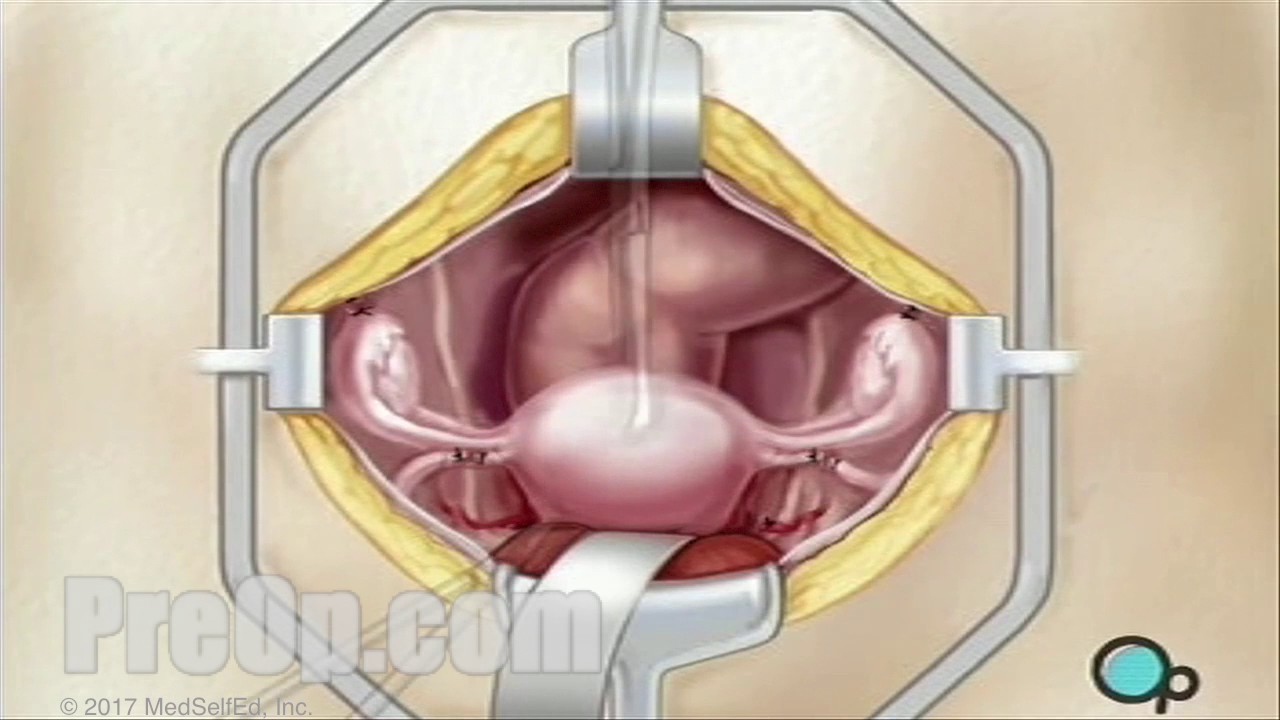
Hysterectomy Removal of Uterus, Ovaries and Fallopian Tubes Surgery PreOp® Patien Education
- Post author:admin
- Post published:October 15, 2021
- Post category:Uncategorized
- Post comments:0 Comments
You Might Also Like
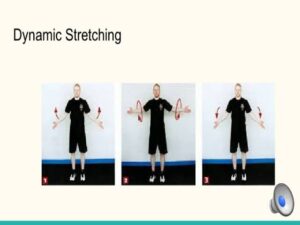
Types of Stretching
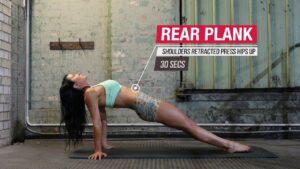
6 Packs Abs Video – 6

Food Guide Pyramid Video – 2

ARNOLD Training Back

Hilfe beim Abnehmen! Was ist Orlistat und wie wird es richtig angewendet?
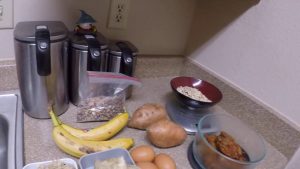
Nutrition for Powerlifters

What is a Complete Blood Count?
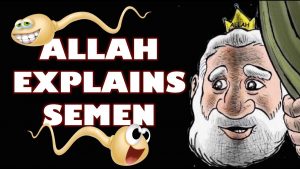
Allah Explains Semen Production! (Fun Islamic Fact #16)

Supradyn multivitamin tablet : Uses, benefits & side-effects & precautions | Detail review in hindi

Skating Video – 3

Nerveous System And Stress Management Asanas Video – 6

Side Effects of Cholesterol Drugs (Lipitor) & Safe Natural Alternatives
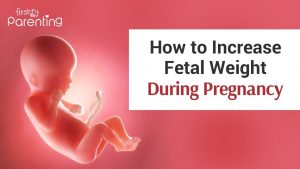
How to Increase Fetal Weight During Pregnancy
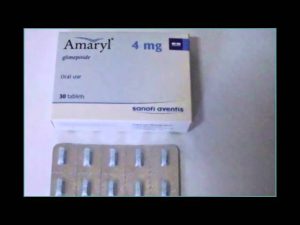
List of new diabetes medication- Side effects
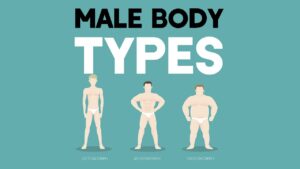
Male Body Types: Different Somatotypes
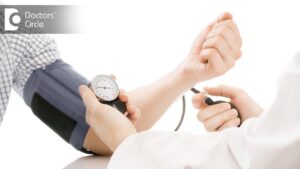
Causes and prevention of High Blood Pressure in young people – Dr. Surekha Tiwari

Basic definitions, Biology Lecture | Sabaq.pk |

Yoga For Diabetes | Vakrasana | Manthena Satyanarayana Raju Latest Videos | Manthena Official
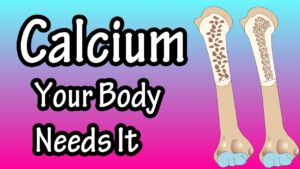
Calcium – How Much Calcium Does The Body Need – Why Does The Body Need Calcium
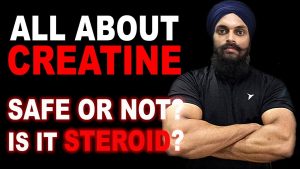
All about CREATINE || BENEFITS || SIDE EFFECTS || SAFE OR NOT || DOSAGE

Spa Mineral Video – 2

Sports Injuries Video – 2
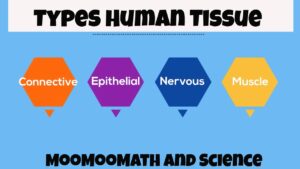
The Human Body Video – 6
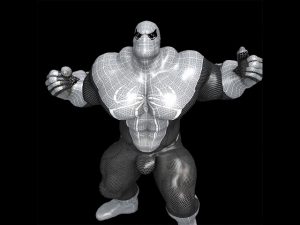
Spiderman Muscle Growth Animation 3
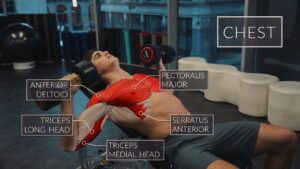
Barbell Bench Press-6

You Don’t Need Carbs Pre Workout – do this instead…
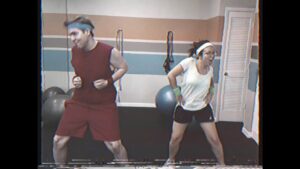
Aerobic to Jogging

Sprints: 10 Minute Abs & Cardio Workout for Busy Moms

BEST MEAL PREP FOR FITNESS | CHEAP & EASY HIGH PROTEIN MEALS
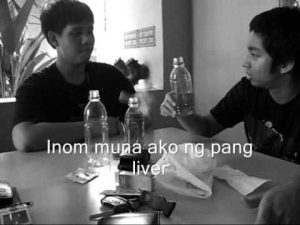
Special Term Project Silymarin
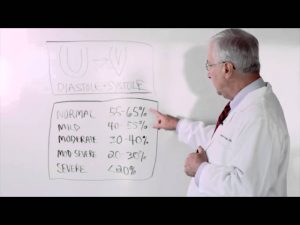
What Is Ejection Fraction And Its Link To Heart Failure?

Best Pre And Post Workout Nutrition Approach?

L Glutamine Benefits and the Dangers!
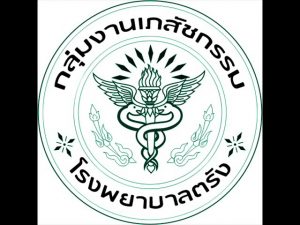
Drug Warning Label enalapril

Top 5 Best Vitamin B Complex Supplements in 2020 Reviews

Nutrition Basics — Personal Training

BICEP EXERCISES FOR STRENGTH & DEFINITION
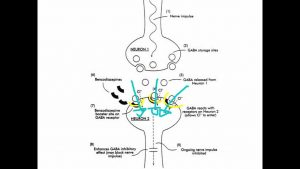
GABA & Benzodiazepenes – VCE U4 Psychology
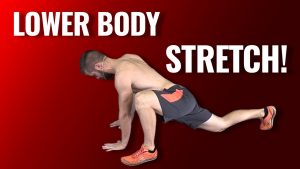
Dynamic Stretching for Lower Body (Do Before Leg Workout)
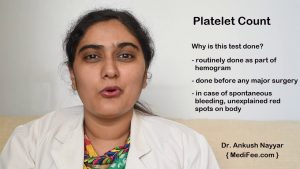
Platelet Count Test – Procedure, Importance and Normal Range
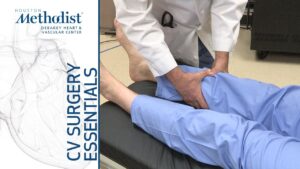
Surgery Video – 1

